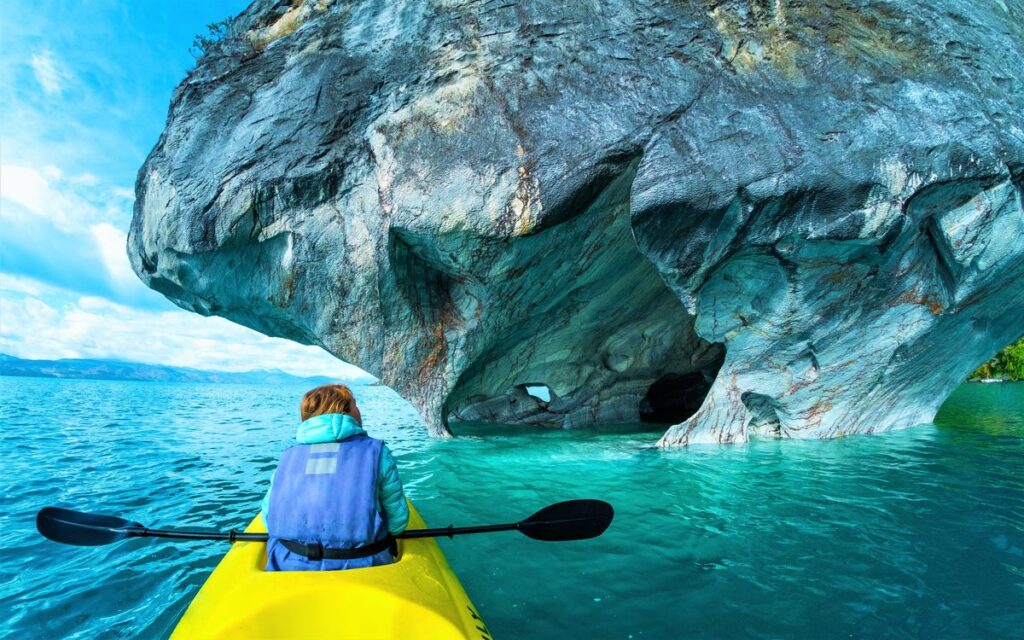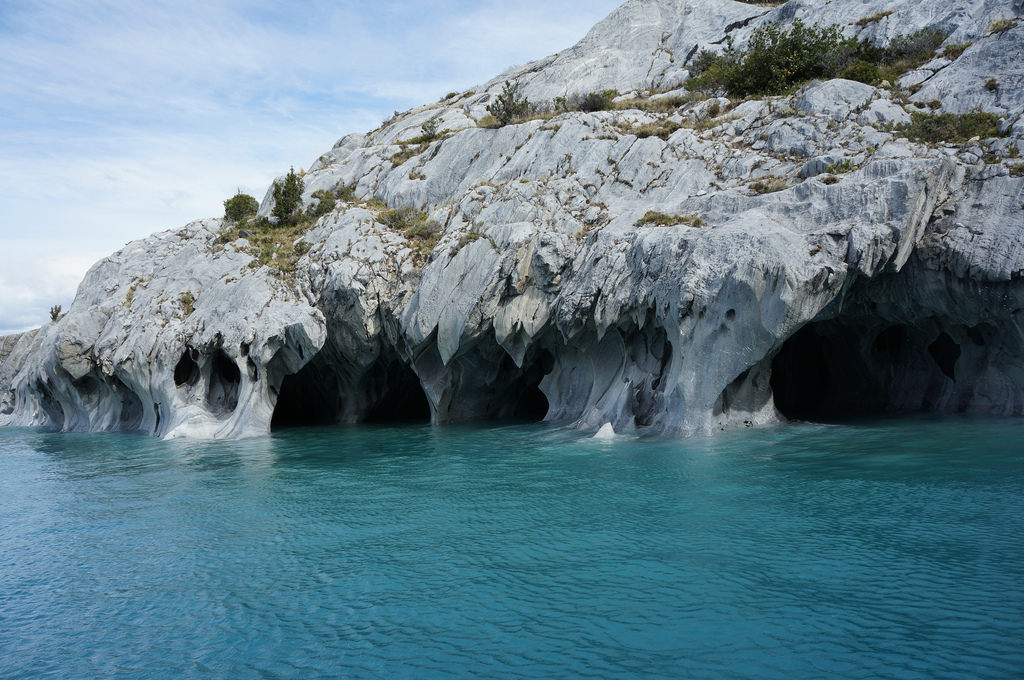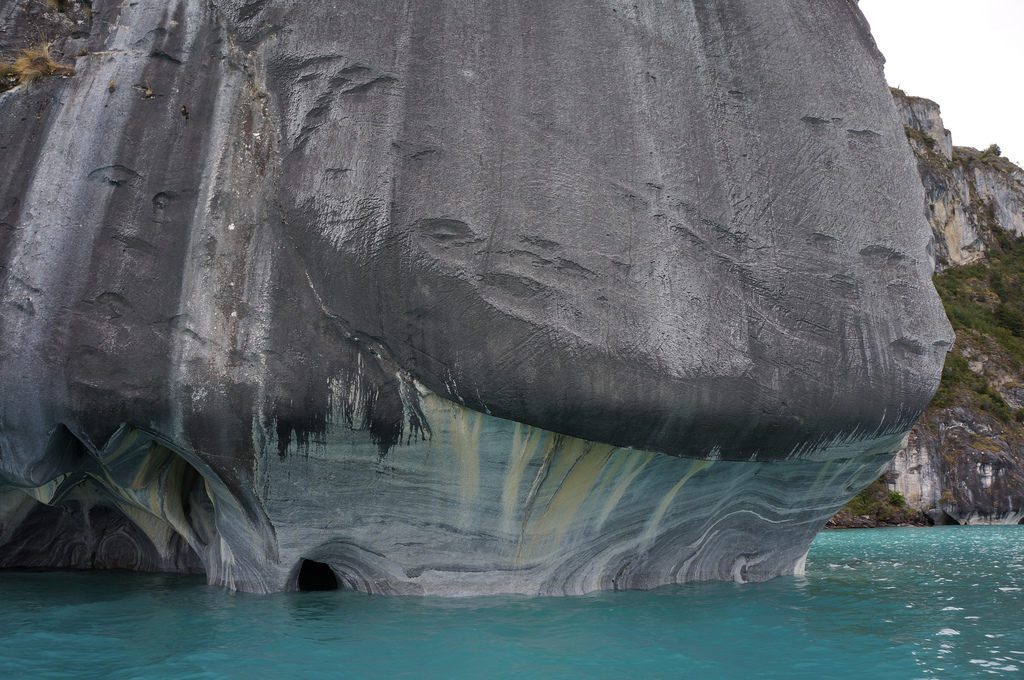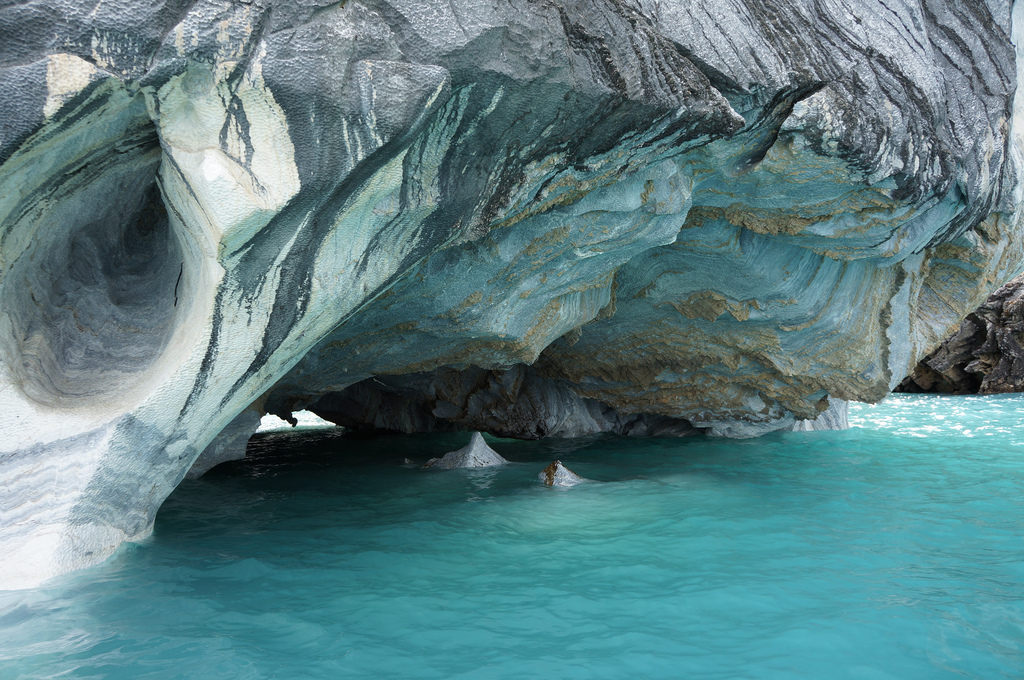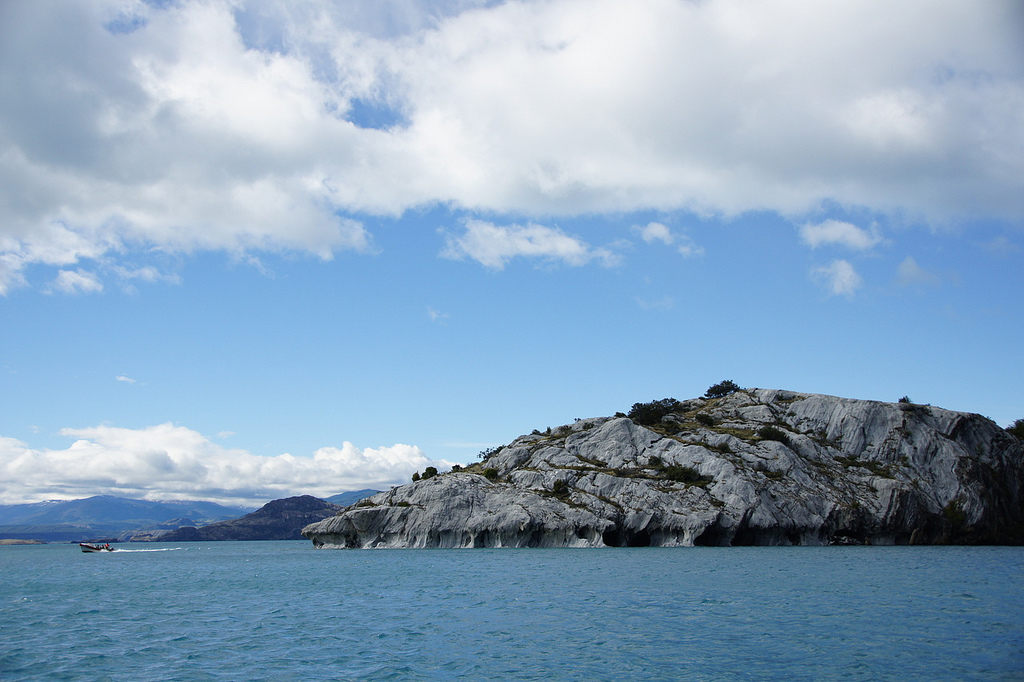Waves Over Centuries Has Carved this Marble Cave into Stunning Shapes and Swirling Patterns
The Cuevas de Mármol is situated on a strong marble island on the edge of the General Correra Lake on the Patagonian Andes, an outlying glacial lake that stretches across the border between Chile and Argentina.
Dubbed as the most beautiful cave network in the world, Cuevas de Marmol (Marble Caves) is a 6,000-year-old sculpture hewn by the crashing waves of Lake General Carrera of Patagonia in Southern Chile.
Also called the Marble Cathedral, the intricate caverns are part of a peninsula made of solid marble surrounded by the glacial Lake General Carrera that spans the Chile-Argentina border.
The swirling pattern on the cave interiors is a reflection of the lake’s azure waters, which change depending on the water levels dictated by weather and season.
Visitors are enamored by the Marble Cave’s unique ability to constantly change its appearance.
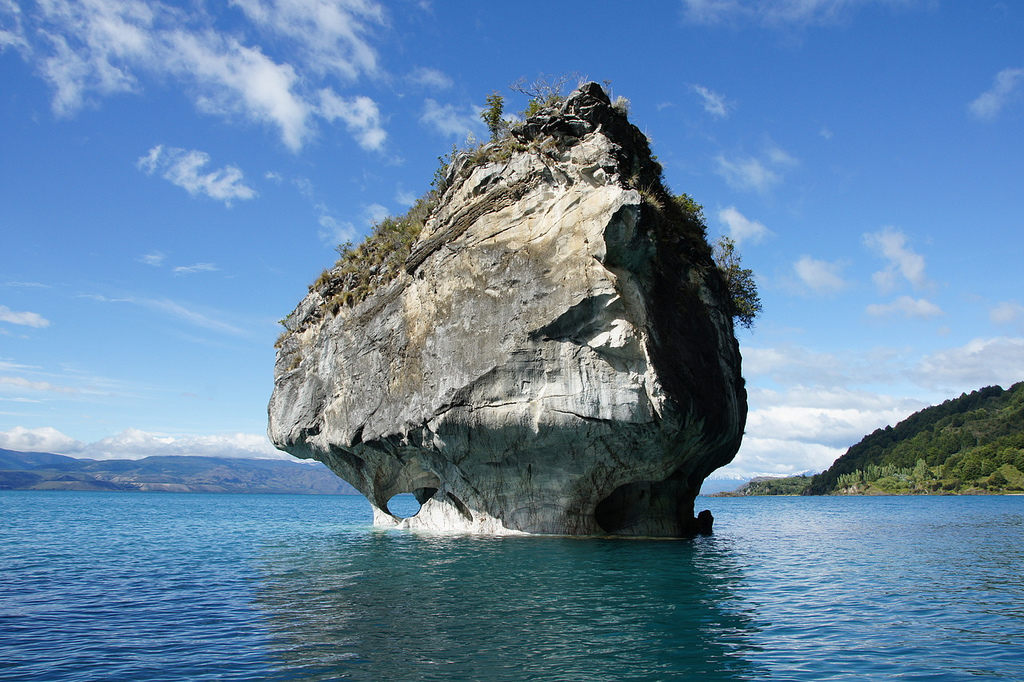
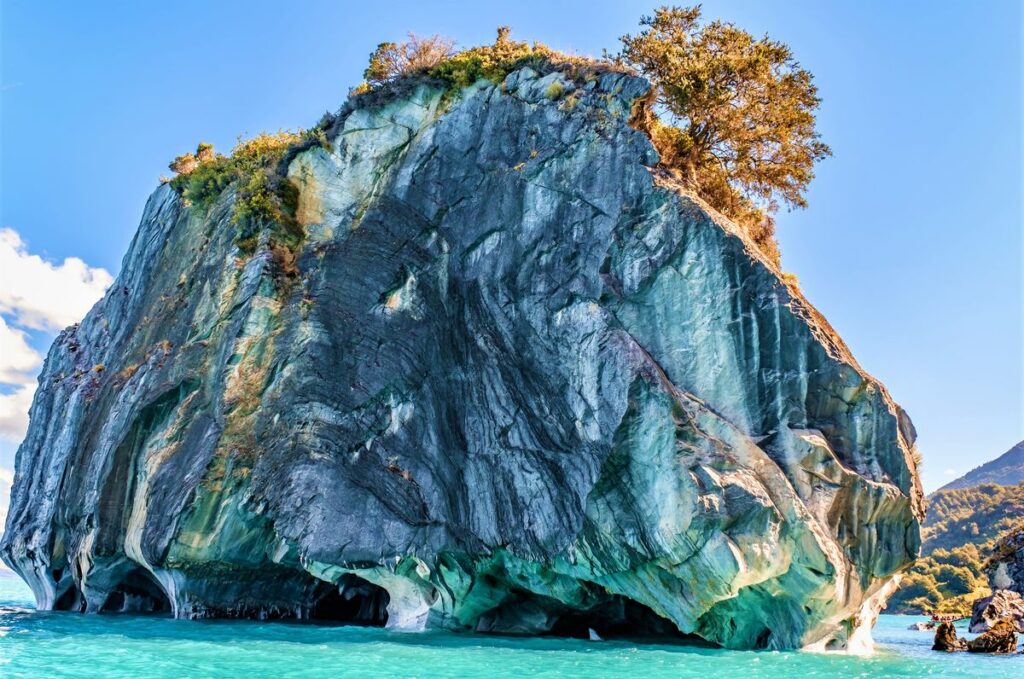

In early spring, the shallow waters are turquoise and create a crystalline shimmer against the caves’ swirling walls. Come summer, the water levels increase and create a deep blue hue which gives the cave a unique unearthly shade.
The water levels are significantly affected by the freezing and melting of the surrounding glaciers. It’s also from these glaciers where the lake takes the fine silt sediments that rest on the lake bed.
To get to the caves, one must embark on a long and difficult journey starting from a flight to the Chilean capital of Santiago. Visitors must then travel 800 miles on major highways to the next big city Coyhaique, followed by a 200-mile drive on rough dirt roads towards the lake.
Located far from any road, the caves are accessible only by boat. Thirty-minute tours are operated by a local company, weather and water conditions permitting.
The best time of the year to visit the Marble Caves is roughly between September and February when the ice melts feeding the lake and the color of the water is particularly enchanting turquoise.
In terms of hours, the best time to take a boat tour is early morning to catch the right lighting for great pictures.
Finally, a boat is needed to access the caves. But though the journey is long and challenging, many agree the enchanting beauty of the caves is definitely worth the effort.
